 0
0
Products Description

Inconel plate is a high-performance alloy plate composed of nickel, chromium and other alloying elements. It has excellent corrosion resistance, high temperature stability and mechanical strength, and is widely used in various industrial fields. Inconel sheets perform well in extreme environments and can resist the erosion of acidic, alkaline, oxidizing media and high-temperature corrosion. It maintains strength and stability at extremely high temperatures and has good fire resistance and oxidation resistance.
This kind of plate has excellent processing properties and can be processed by various processing techniques such as cutting, welding, cold forming and hot forming. Its wide range of application areas include aerospace, petrochemicals, energy, nuclear industry, chemical industry and medical equipment. In the aerospace field, Inconel sheets are often used to manufacture key components such as high-temperature engine components, combustion chambers, nozzles, and turbine blades. In the petrochemical industry, it is widely used in equipment such as reactors, heat exchangers, pipelines and storage tanks to cope with the challenges of corrosive media and high-temperature environments.
Parameter:

Item | 600 | 601 | 617 | 625 | 690 | 718 | X750 | 825 |
C | ≤0.15 | ≤0.1 | 0.05-0.15 | ≤1.0 | ≤0.05 | ≤0.08 | ≤0.08 | ≤0.05 |
Mn | ≤1 | ≤1.5 | ≤0.5 | ≤0.5 | ≤0.5 | ≤0.35 | ≤1 | ≤1 |
Fe | 6-10 | rest | ≤3 | ≤5.0 | 7-11 | rest | 5-9 | ≥22 |
P | ≤0.015 | ≤0.02 | ≤0.015 | ≤0.015 | -- | -- | -- | -- |
S | ≤0.015 | ≤0.015 | ≤0.015 | ≤0.015 | ≤0.015 | ≤0.01 | ≤0.01 | ≤0.03 |
Si | ≤0.5 | ≤0.5 | ≤0.5 | ≤0.5 | ≤0.5 | ≤0.35 | ≤0.5 | ≤0.5 |
Cu | ≤0.5 | ≤1 | -- | -- | ≤0.5 | ≤0.3 | ≤0.5 | 1.5-3 |
Ni | ≥72 | 58-63 | ≥44.5 | Bal | ≥58 | 50-55 | ≥70 | 38-46 |
Co | -- | -- | 10-15 | ≤1.0 | -- | ≤1 | ≤1 | -- |
Al | -- | 1-1.7 | 0.8-1.5 | ≤0.4 | -- | 0.2-0.8 | 0.4-1 | ≤0.2 |
Ti | -- | -- | ≤0.6 | ≤0.4 | -- | -- | 2.25-2.75 | 0.6-1.2 |
Cr | 14-17 | 21-25 | 20-24 | 20-23 | 27-31 | 17-21 | 14-17 | 19.5-23.5 |
Nb+Ta | -- | -- | -- | 3.15-4.15 | -- | 4.75-5.5 | 0.7-1.2 | -- |
Mo | -- | -- | 8-10 | 8-10 | -- | 2.8-3.3 | -- | 2.5-3.5 |
B | -- | -- | ≤0.006 | -- | -- | -- | -- | -- |
SPECIFICATIONS | |
Form | ASTM |
Rod, bar and wire | B 166 |
Plate, sheet and strip | B 168, B 906 |
Seamless pipe and tube | B 167, B 829 |
Welded pipe | B 517, B775 |
Fitting | B 366 |
Billet and bar for reforging | B 472 |
Forging | B 564 |
Shape | Size (mm) |
Wire | 0.5-7.50 |
Rod/Bar | 8.0-200 |
Strip | (0.5-2.5)*(5-180) |
Tube/Pipe | Customized |
Sheet/Plate | Customized |
For more details, pls directly contact us.
Quality Inspection:

Chemical composition analysis: The chemical composition of Inconel plates is detected and analyzed through chemical analysis methods, such as spectral analysis, electron probe microanalysis (EPMA) or X-ray fluorescence spectrometer (XRF). This ensures that the content of alloying elements is within specified ranges and verifies the alloy composition of the material.
Mechanical performance testing: Mechanical performance testing is performed on Inconel boards, including the measurement of tensile strength, yield strength, elongation, hardness and other parameters. Common testing methods include tensile testing, compression testing, impact testing and hardness testing. These tests evaluate a material’s properties such as strength, toughness, hardness, and more.
Dimensional inspection: Inspect the dimensions of the Inconel board, including the measurement of parameters such as length, width, thickness and flatness. This ensures that the dimensions of the product comply with specified requirements and meet the geometric requirements of the specific application.
Surface quality evaluation: The surface quality of Inconel boards is evaluated through visual inspection, optical microscopy, scanning electron microscopy (SEM) and surface roughness testing. This detects issues such as surface defects, oxides, contamination and unevenness.
Corrosion performance test: Corrosion performance test is performed on Inconel plate to evaluate its corrosion resistance in specific corrosive media. Common test methods include salt spray test, electrochemical corrosion test and immersion test.
Package:

Protective packaging: In order to prevent damage or corrosion to the surface of Inconel sheets, packaging materials should provide effective protective measures. Common protective packaging materials include plastic film, foam gaskets, cardboard, etc. to ensure that they will not be damaged by physical or chemical damage during transportation and storage.
Encapsulation and sealing: In order to prevent external substances from entering the interior of the package and maintain the quality and performance of Inconel sheets, the packaging needs to be encapsulated and sealed. Commonly used sealing methods include heat sealing, tape sealing or sealant.
Q&A:

What are the applications of Inconel sheets in the nuclear industry?
Inconel sheets are used in the nuclear industry for key components of nuclear reactors, nuclear fuel cycle facilities and nuclear waste treatment facilities to meet the requirements of high temperature, corrosion resistance and radiation environments.
What is the difference between Inconel sheets and Incoloy sheets?
Inconel plates and Incoloy plates are both nickel-based alloys, but their alloy compositions and properties are slightly different, and their main uses are also different.
What chemical equipment can Inconel sheets be used to manufacture?
Inconel sheets can be used to manufacture chemical equipment, such as chemical reactors, distillation towers, storage tanks and pipelines, to meet the requirements of corrosion resistance and high-temperature chemical reactions.
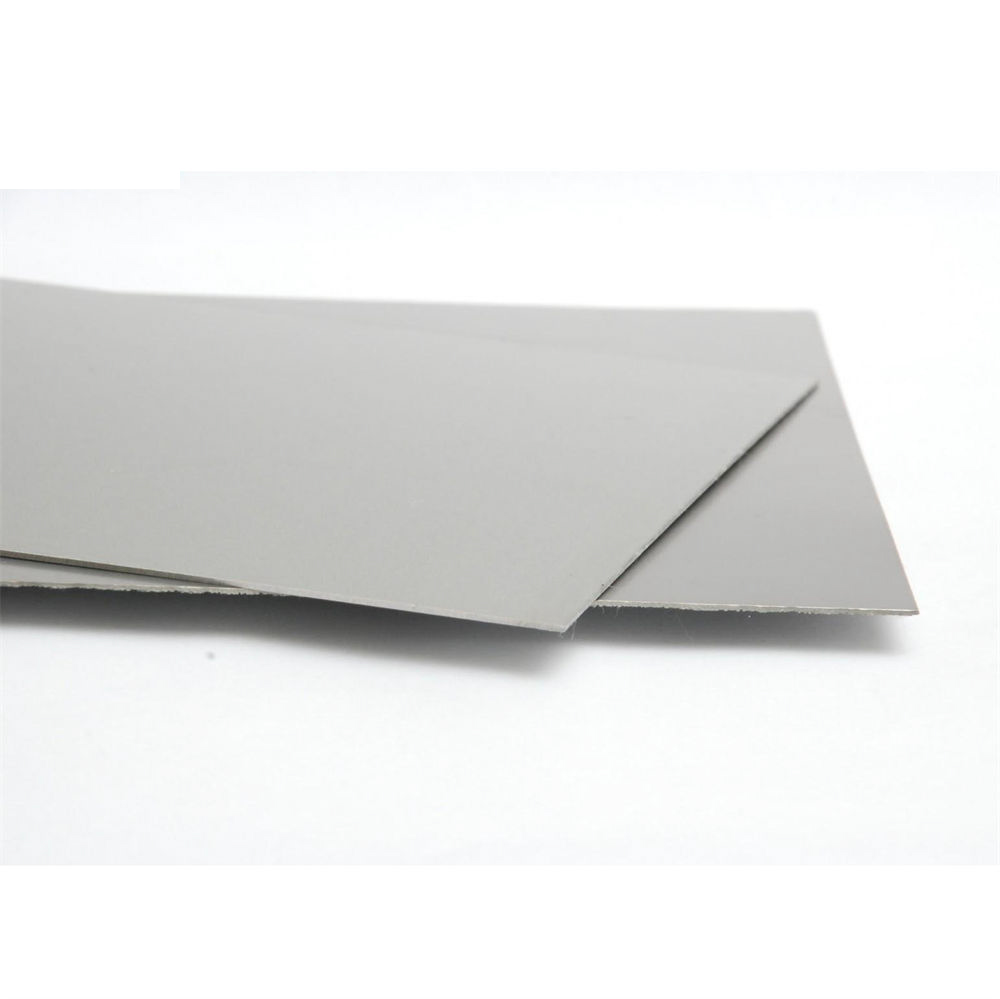
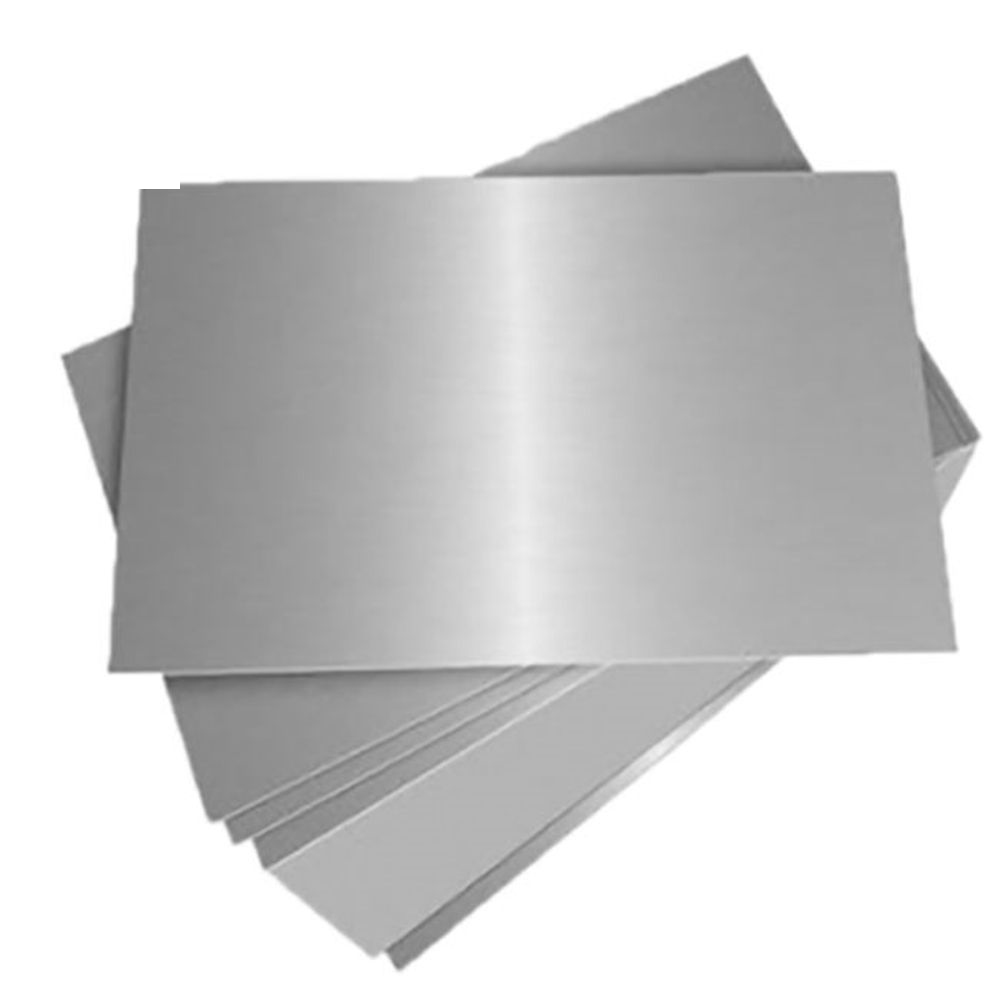
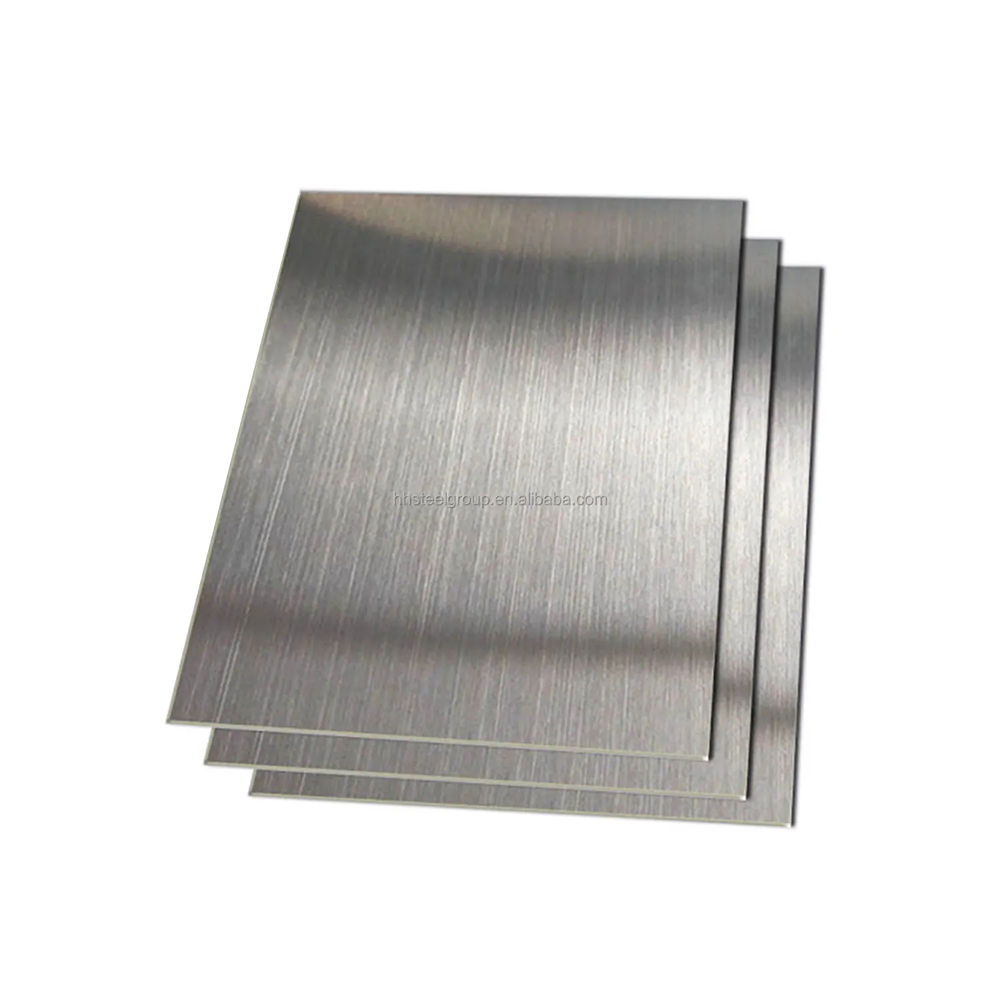
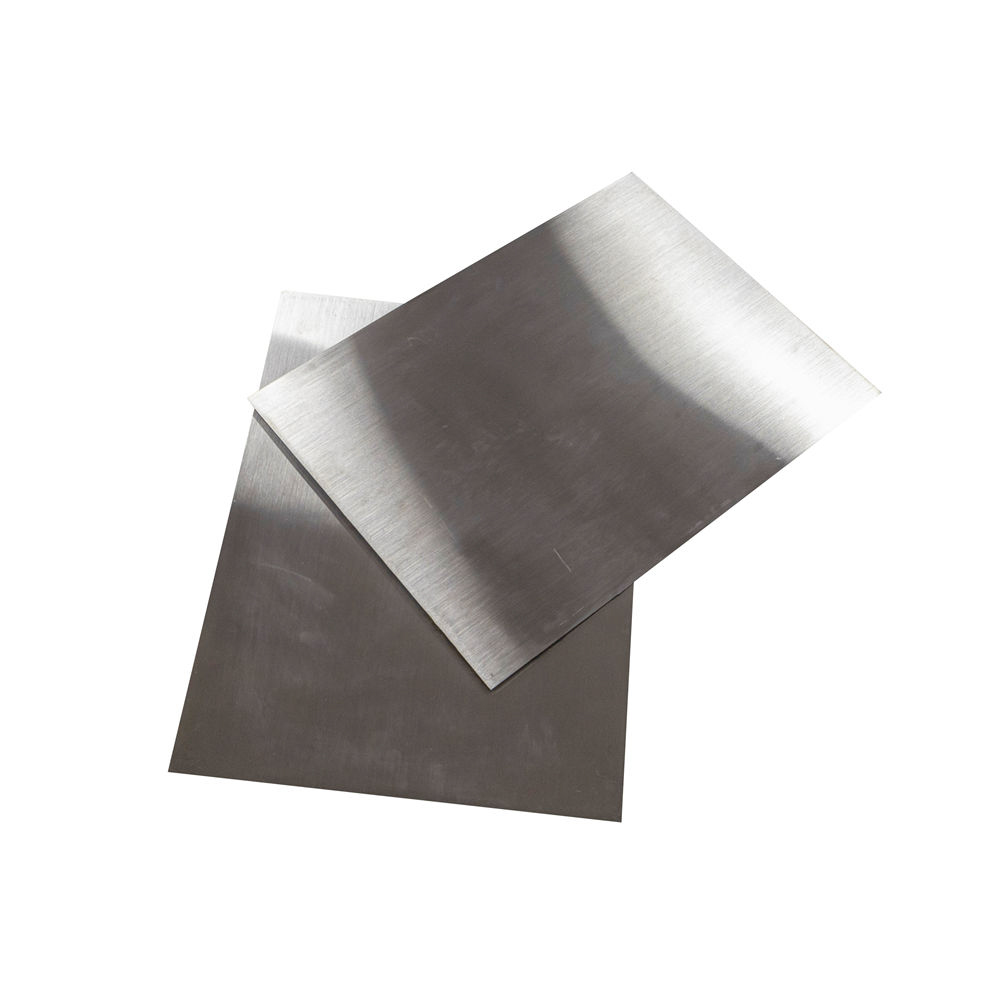

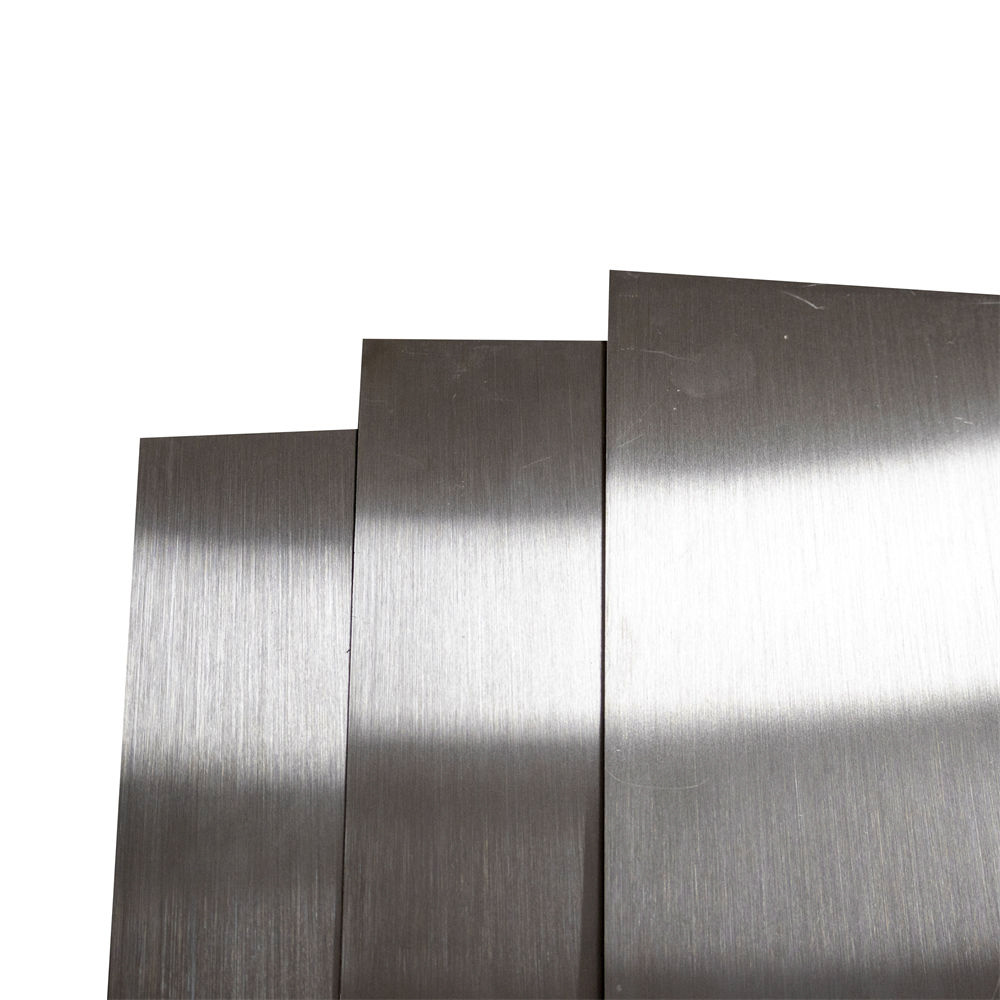
E-mail: Info@hulkalloy.com
Mobile: 0086 13852926463
Tel: 0086 13852926463
Whatapps: 0086 13852926463
Add: Renli Village, Fangxian Town, Danyang City, Jiangsu Province, China